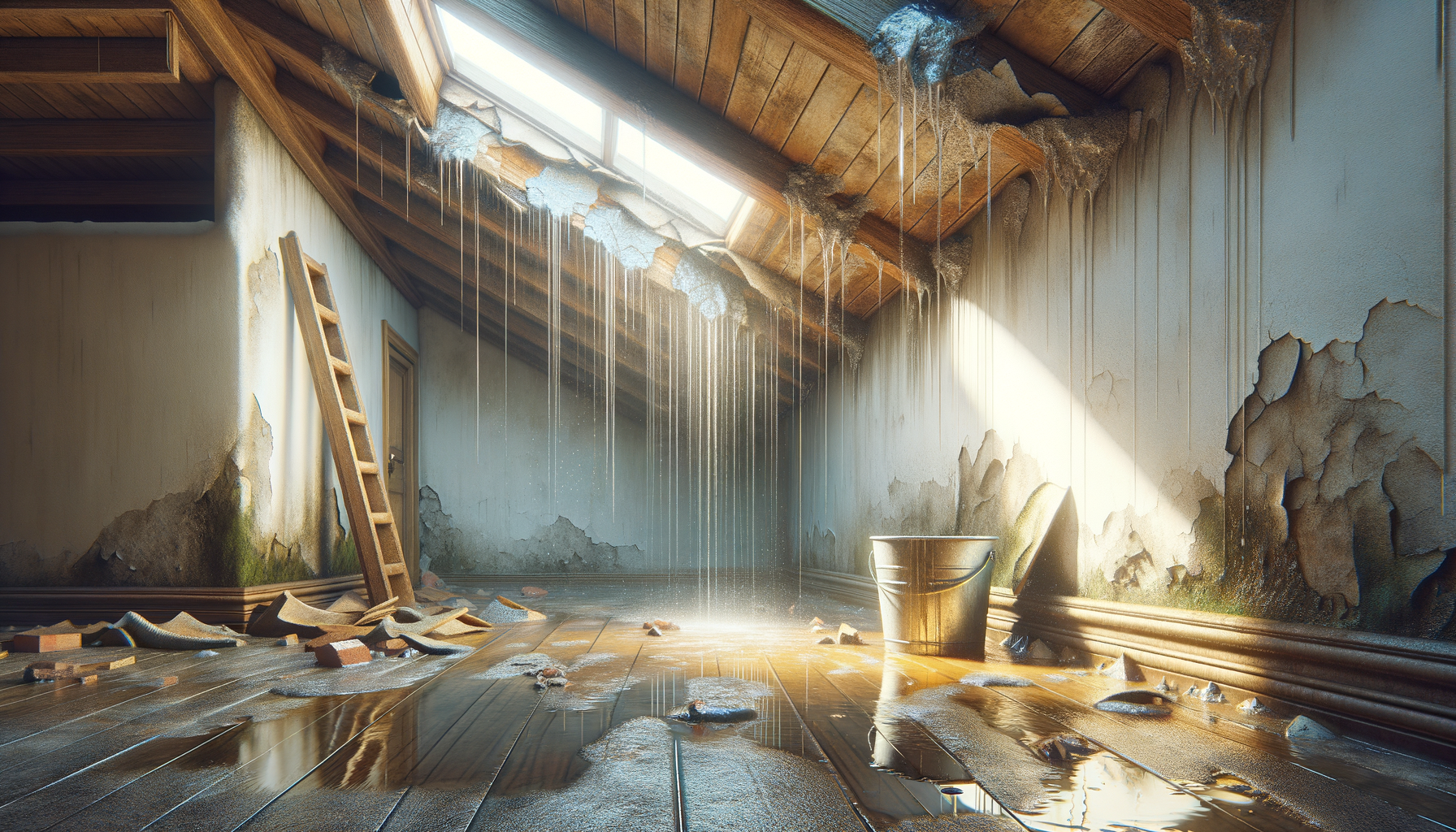Understanding the Causes of Roof Water Weakness
Roof water weakness is a common issue that homeowners face, often leading to significant damage if not addressed promptly. This problem generally arises when water infiltrates the roofing structure, weakening it over time. Several factors contribute to this issue, including poor installation, inadequate maintenance, and severe weather conditions.
Poor installation can leave gaps and weak points in the roofing material, making it susceptible to water penetration. Similarly, roofs that are not regularly maintained can accumulate debris, which retains moisture and causes materials to deteriorate. Severe weather, such as heavy rains, snow, and strong winds, can exacerbate these vulnerabilities, leading to leaks and structural damage.
To combat roof water weakness, it is crucial to understand its root causes. Homeowners should ensure that their roofs are installed by experienced professionals and regularly inspected for signs of wear and tear. Additionally, keeping gutters clean and ensuring proper drainage can prevent water from pooling on the roof, reducing the risk of leaks.
Identifying Signs of Roof Water Damage
Detecting early signs of roof water damage can save homeowners from costly repairs. Common indicators include water stains on ceilings and walls, mold growth, and warped or missing shingles. These signs suggest that water has penetrated the roofing material, potentially compromising the structural integrity of the home.
Water stains often appear as discolored patches on ceilings or walls, indicating that water has seeped through the roof. Mold growth is another red flag, thriving in damp environments created by water intrusion. Warped or missing shingles can also signal underlying water damage, as they may have been dislodged by moisture.
Regular roof inspections are essential for identifying these signs early. Homeowners should check their attics for any signs of leaks, as well as inspect the exterior of the roof for visible damage. By addressing these issues promptly, homeowners can prevent further deterioration and protect their investment.
Repairing Roof Water Damage
Once roof water damage is identified, timely repairs are crucial to prevent further issues. The repair process typically involves replacing damaged shingles, sealing leaks, and reinforcing weak areas. It is often recommended to hire professional roofing contractors to ensure the repairs are done correctly and safely.
Replacing damaged shingles is a straightforward process but requires precision to ensure a tight seal. Sealing leaks involves applying waterproof materials to affected areas, preventing further water intrusion. In cases of extensive damage, reinforcing the roof structure may be necessary to restore its integrity.
The cost of repairs can vary depending on the extent of the damage and the materials used. While minor repairs may be affordable, extensive damage can be costly. Investing in quality materials and professional services can provide long-term savings by reducing the likelihood of future issues.
Preventative Measures to Avoid Roof Water Weakness
Prevention is always better than cure, and this holds true for roof water weakness. Regular maintenance and proactive measures can significantly reduce the risk of water damage. Homeowners should schedule annual roof inspections to identify potential issues before they escalate.
Maintaining clean gutters and ensuring proper drainage is crucial to prevent water from pooling on the roof. Trimming overhanging tree branches can also reduce the risk of debris accumulation, which can trap moisture and cause damage. Additionally, applying waterproof coatings to the roof can provide an extra layer of protection against water penetration.
By taking these preventative measures, homeowners can extend the lifespan of their roofs and avoid costly repairs. Investing in regular maintenance not only protects the home but also enhances its value and curb appeal.
Evaluating the Cost of Roof Water Damage Repairs
The cost of repairing roof water damage can vary significantly based on several factors, including the extent of the damage, the materials required, and labor costs. Understanding these variables can help homeowners budget effectively and make informed decisions about repairs.
Minor repairs, such as replacing a few shingles or sealing small leaks, can be relatively inexpensive. However, extensive damage, such as structural reinforcement or complete roof replacement, can be costly. The choice of materials also impacts costs, with higher-quality materials generally offering better durability but at a higher price point.
Labor costs can vary depending on the complexity of the repair and the expertise of the contractor. It is advisable to obtain multiple quotes from reputable roofing professionals to ensure competitive pricing. While cost is an important consideration, quality should not be compromised, as subpar repairs can lead to more significant issues in the future.
By understanding the potential costs involved, homeowners can plan accordingly and prioritize necessary repairs, ensuring the longevity and safety of their homes.




Leave a Reply